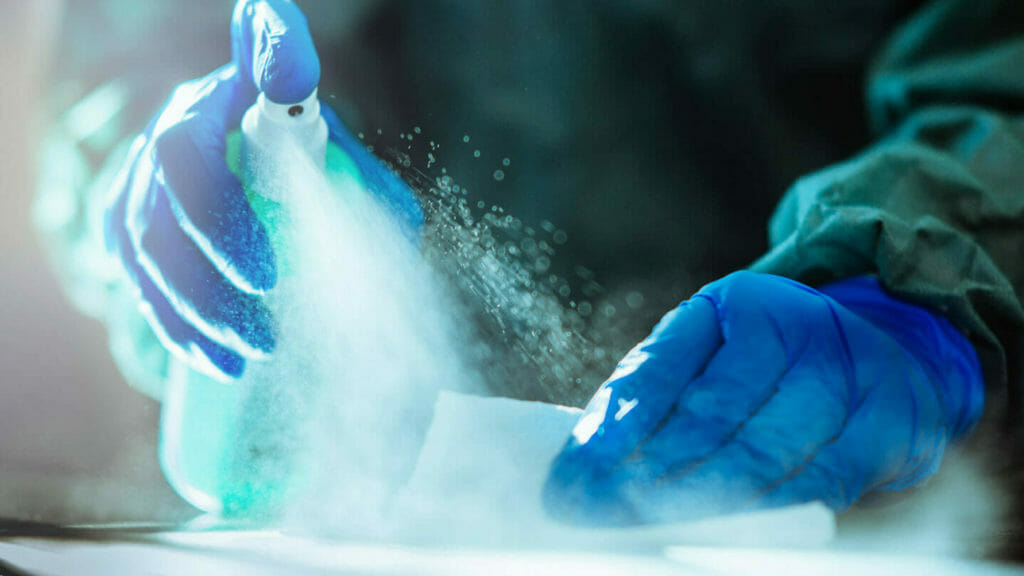
SCHAUMBURG, IL. — Skilled nursing facilities should shift away from handing infection preventionist roles to floor nurses and instead recruit professionals with a background in the field to ensure their programs are successful, a leading expert said Wednesday.
“One of the first questions I ask of the person who’s the infection preventionist is, ‘Do you like this job?’ Then I found that they were “volunteered/told” to do that,” said Deb Patterson Burdsall, Ph.D., an infection control expert and consultant with the Association for Professionals in Infection Control and Epidemiology (APIC).
“People who do this in acute care actually applied for that job. That’s a job that they wanted. That’s not so much in long-term care,” she added during an educational session at the LeadingAge Illinois’ 2022 Annual Meeting & Expo. “It’s [more of] an add-on to nursing, and nursing is critically important … but it’s not infection prevention and control.”
An infection preventionists’ main job should be to “steer the [facility’s] ship” when it comes to infection control, Burdsall said. Outside of nursing homes, many infection preventionists have backgrounds as nurses, epidemiologists, public health professionals, microbiologists, doctors or in other healthcare positions where they have worked to prevent germs from spreading, according to APIC.
Bursdall suggested that providers also consider people in their therapy department, those in public health, laboratorians and workers who have other specialties for the role.
“Think outside the box here, seriously. The point is you need to have somebody that’s interested in what they’re doing,” she said.
Bursdall also said infection preventionists, whose role is an interdisciplinary one, should report to facility administration and not the director of nursing.
She also outlined the key components an infection control program must consider. They include general vaccine administration, hand hygiene, personal protective equipment, healthcare personnel and resident safety, a respiratory protection program, surveillance and disease reporting.
“Every time I add something, you have to add time. That is the important thing and that is the thing that long-term care tries really hard to get away from,” Burdsall added. “It’s like you’re multitasking all over the place and everybody’s got 16 hats on. You have to make sure that somebody can actually do this.”
COVID-19 was a major pivot toward infection control and prevention, according to Burdsall. She added providers’ should continue strengthening their facility’s infection control and prevention infrastructure for the next one to five years.
“The infection preventionist is going to take a lot of pressure off [facility administrators]” when done correctly, Burdsall said.





